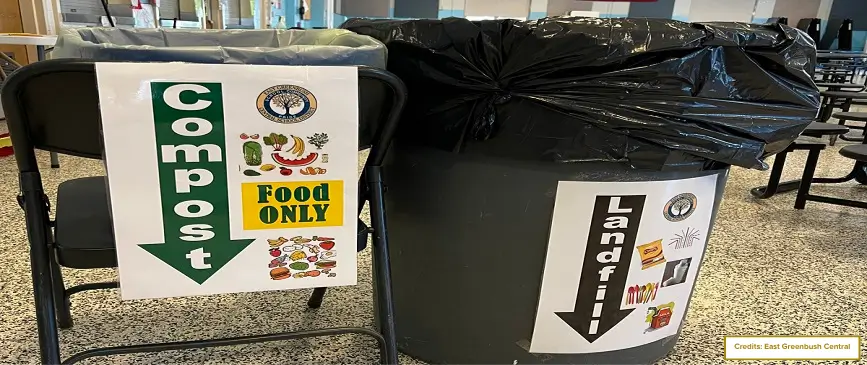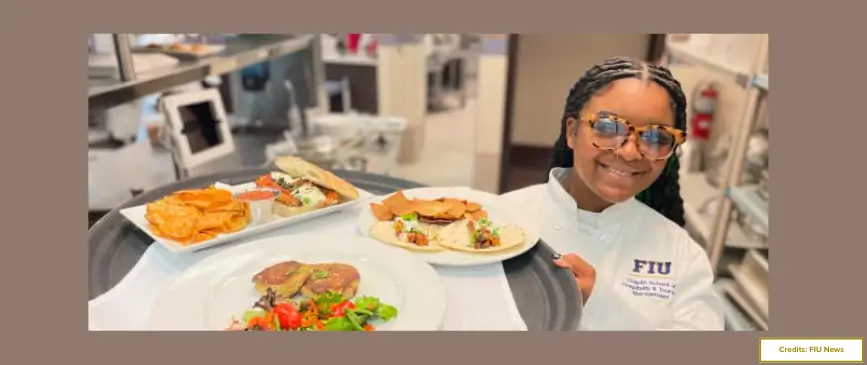Introduction
When the lunch bell rings, millions of children worldwide sit down to meals that are far more than just sustenance—they are a daily reflection of culture, health policy, and national priorities.
A child in France may enjoy a four-course menu of roast beef, tabbouleh, and apple tart. In Japan, rice and miso soup might be served by classmates as part of a nutrition-education lesson. Meanwhile, in the United States, the tray could hold chicken nuggets, mashed potatoes, and a cookie, part of a program designed to reach millions.
These differences are not random—they are the product of history, economics, and food traditions. School meals provide a fascinating lens into how countries see childhood, nutrition, and equality. While Finland made free school meals a legal right in 1948, India today runs the world’s largest free lunch initiative, feeding over 100 million children daily.
By taking a closer look at these meals, we understand what kids eat and how governments and communities invest in their youngest citizens.
This tour of school cafeterias worldwide shows how much a plate of food can reveal about identity, opportunity, and well-being.
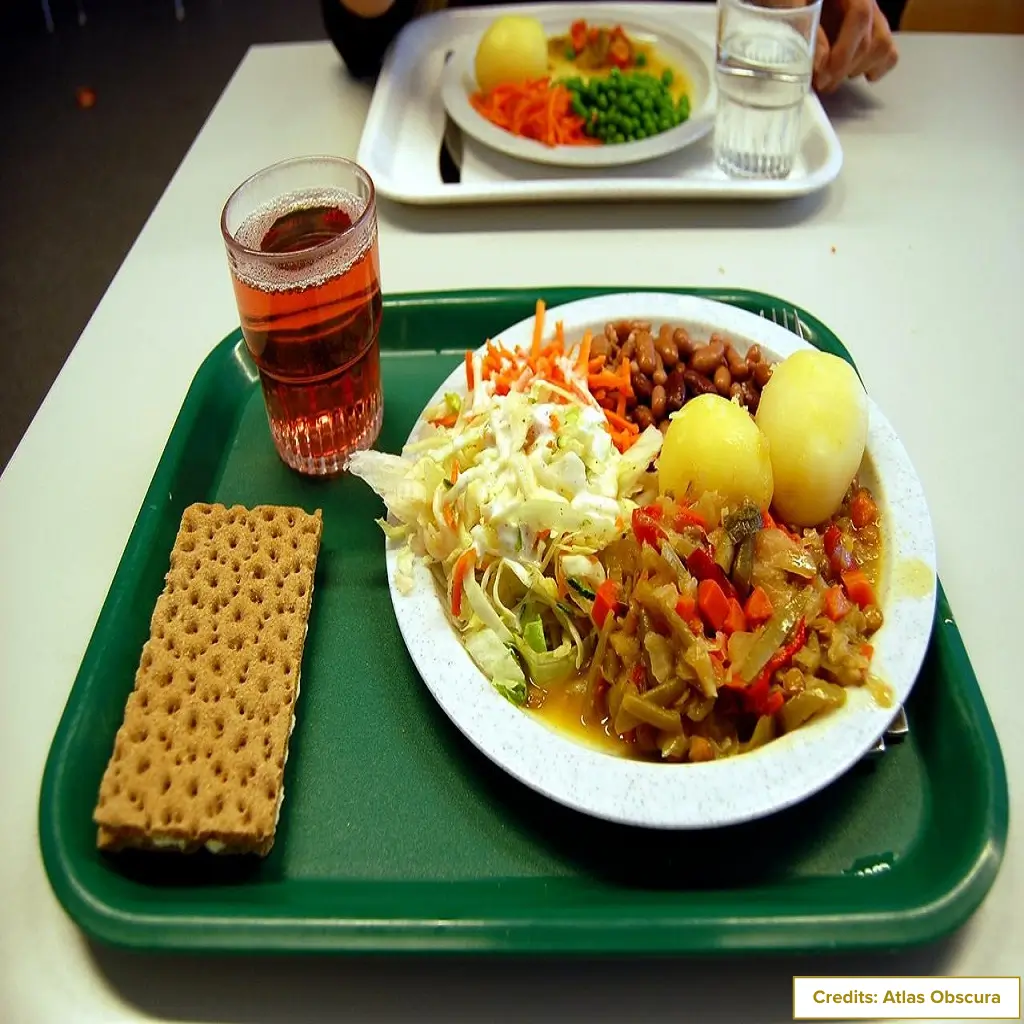
Why School Lunches Differ from Country to Country?
School lunches look different for reasons that go far beyond taste. Factors shaping these differences include law, economy, culture, and tradition. Some countries use cafeterias as equalizers, while others reflect the social role of family meals. Here’s why variation is so striking:
- Government policy: Finland guarantees every child a hot meal for free, while Germany only provides lunch in all-day schools. The impact of cafeterias on equality depends heavily on political choices.
- Budgets and subsidies: The United States offers subsidized meals through the National School Lunch Program, but limited budgets often lead to processed meals, raising concerns about how to improve school cafeteria food.
- Culture and tradition: In Greece, lunch is the main meal of the day, often eaten at home, while in Japan, it’s part of classroom education. These customs shape whether food is served communally or individually.
- Religion and restrictions: In India, meals avoid beef or pork in line with cultural norms, while Middle Eastern menus often emphasize halal options.
- Local ingredients: Brazil emphasizes rice and beans from family farms, while Sweden highlights potatoes and fresh fish. Geography directly affects what ends up on the plate.
- Lifestyle and schedules: Argentina’s shorter school days mean children often eat lunch at home, while in Korea or Estonia, the school cafeteria is the hub of the midday break.
These forces show that a school lunch is never “just food,” it’s a structured system that reflects wider national priorities and daily life.
Suggested Reading 👉 Weird School Lunches You Won’t Believe Existed
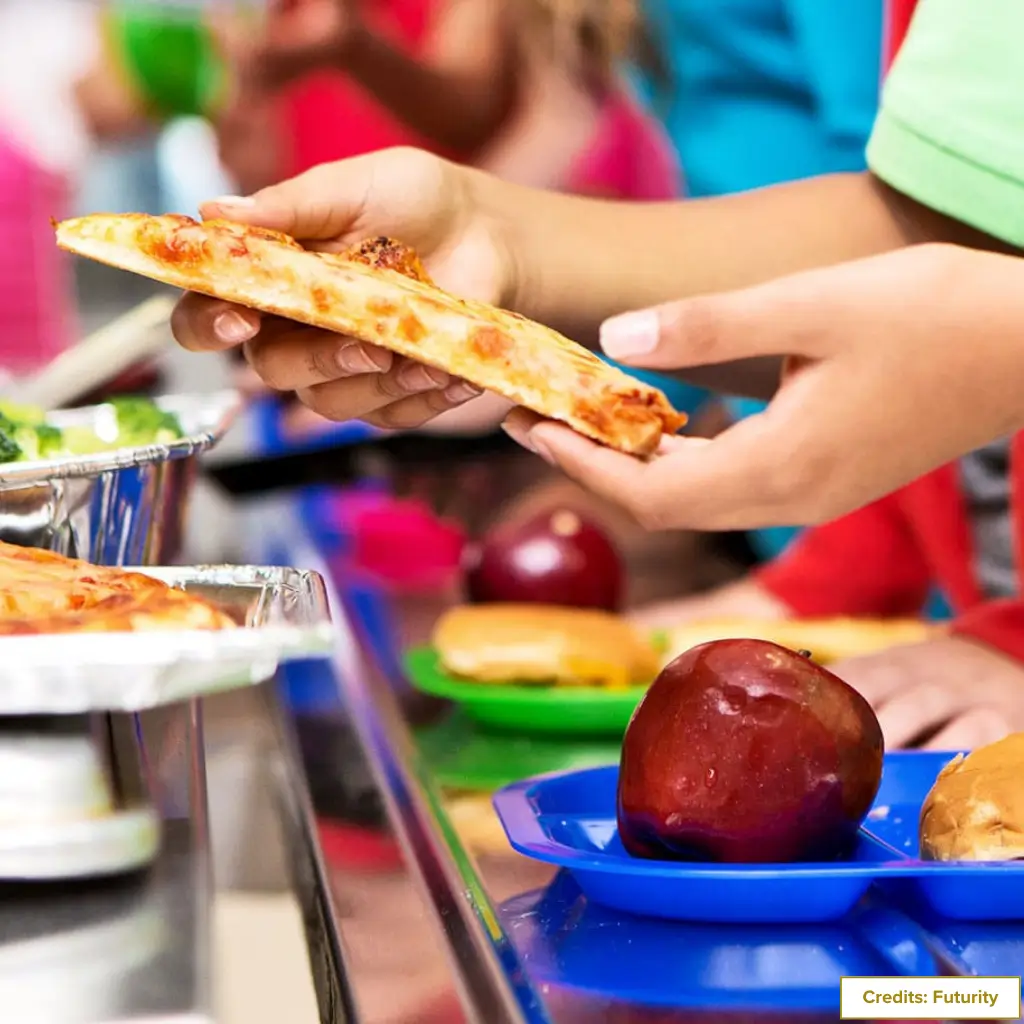
Why Compare School Lunches Globally?
Looking at meals across borders sparks curiosity and reveals valuable lessons. Comparing systems highlights both successes and gaps. By doing so, educators and parents can explore how to serve children better.
- Health lessons: France enforces nutritional laws, while Sweden trusts pupils to self-serve. Both approaches show how countries promote healthy eating in schools.
- Cultural appreciation: Italy bans fried food to encourage natural flavors, while Spain carefully prepares allergy-friendly trays. This shows how schools can shape diverse, healthy school cafeteria menu options.
- Economic sustainability: Brazil links school meals to local agriculture, supporting farmers and reducing dependency on imports, tying directly to efforts to reduce food waste.
- Modern challenges: In the United States, debates over soda in schools and vending machines illustrate tensions between tradition and fast-food culture. The push for change reflects efforts to rethink school cafeteria food for better outcomes.
- Organization and structure: Countries like Estonia use QR codes for feedback, proving how digital solutions can boost school cafeteria organization.
We uncover a library of ideas by examining how different nations approach nutrition, equality, and culture. Comparing lunches worldwide isn’t just about curiosity and building better systems for future generations.
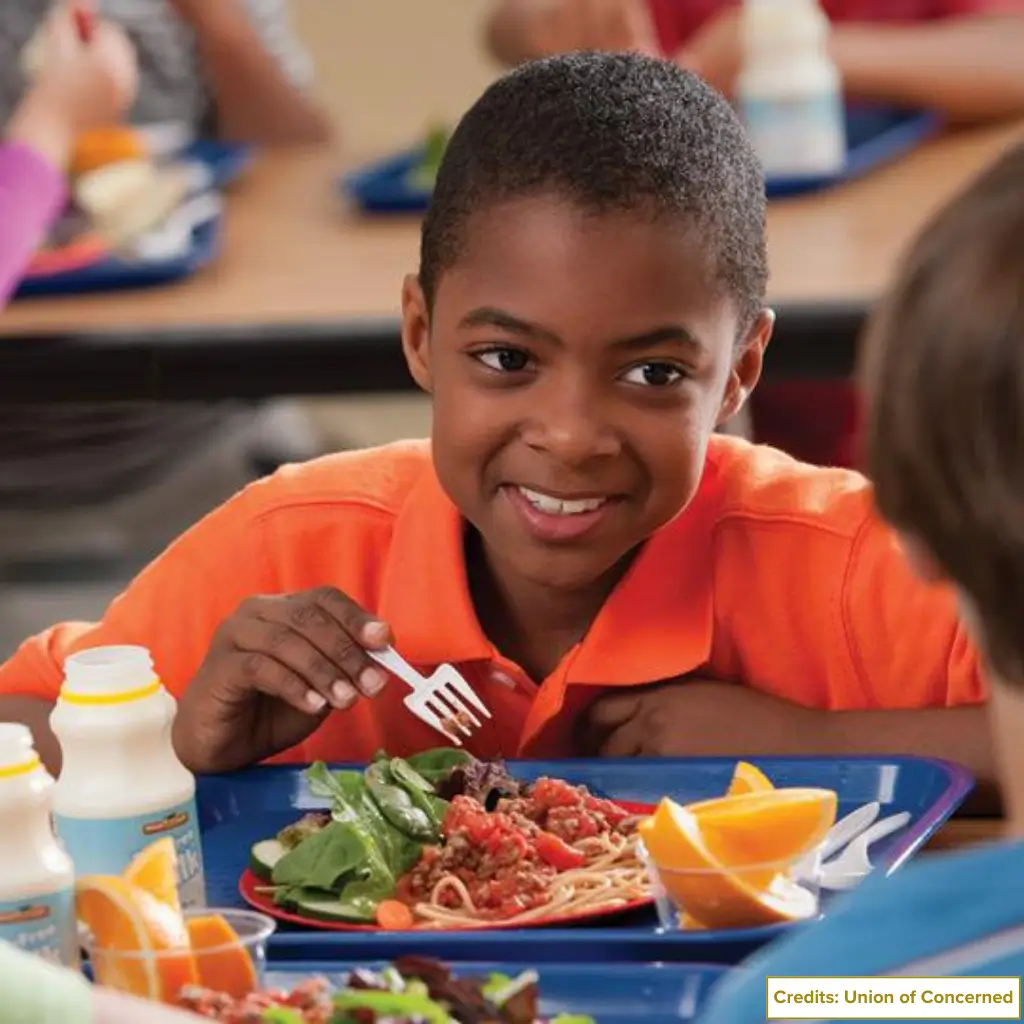
Suggested Reading 👉 Shocking School Lunch Policies
Global School Lunches: How Kids Eat in Different Countries
1. United States
American cafeterias offer variety but often face criticism for processed foods. Popcorn chicken, French fries, and cookies appear regularly, though salads, pasta, and sandwiches expand choice. With more than 20 rotating items weekly, the lunch experience is anything but uniform.
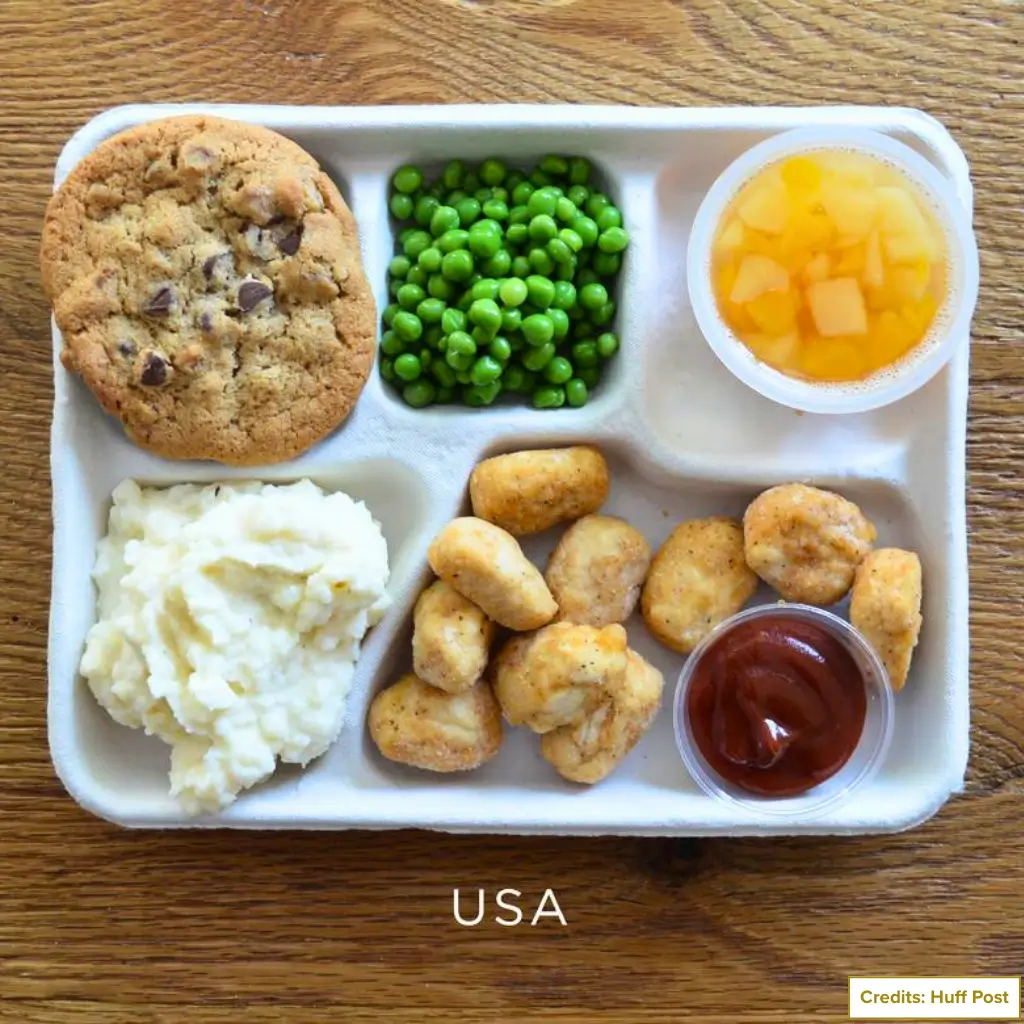
Programs like USDA school cafeteria recipes aim to standardize nutrition, but local vending machines once offered heavy competition. Many districts now restrict candy and soda. Still, the middle school lunchrooms and high school menus continue to balance cost with calls for healthier practices.
2. Finland
In Finland, hot, free meals are a right. Children fill trays with vegetables, potatoes, fish, bread, and berries. The open lunch in high school’s model allows pupils to self-serve, guided by a “model plate” that teaches balance. Equality is the main dish here.
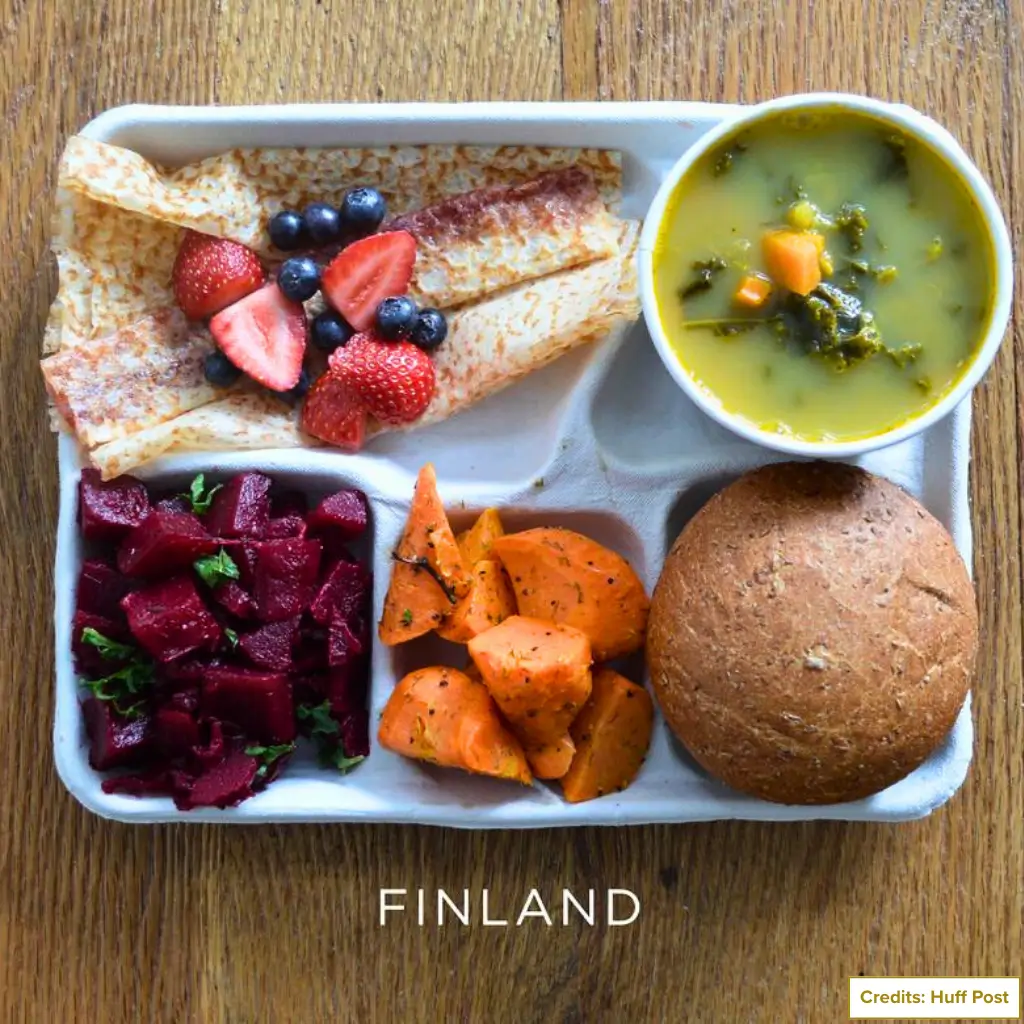
3. Argentina
Argentinian students often eat at home, but dishes like milanesa de pollo with rice appear in schools where meals are offered. Simple, hearty, and reflective of family cooking, these lunches connect students to their cultural roots.
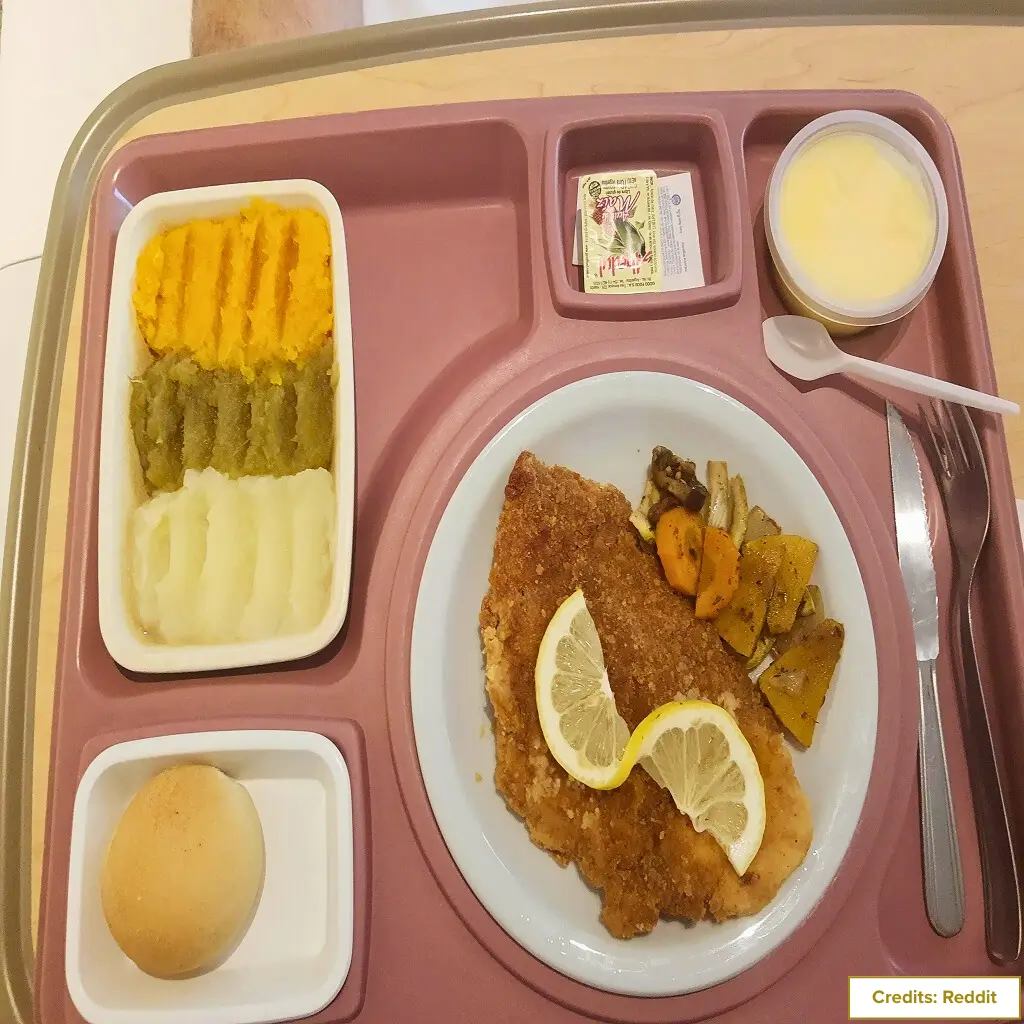
4. United Kingdom
British “school dinners” have transformed. Once notorious for unhealthy fare, reforms now bring pasta bakes, vegetarian lasagna, and classics like jam roly-poly. Research shows that hot school meals surpass packed lunches nutritionally. Options balance tradition with a modern school breakfast push to start the day right.
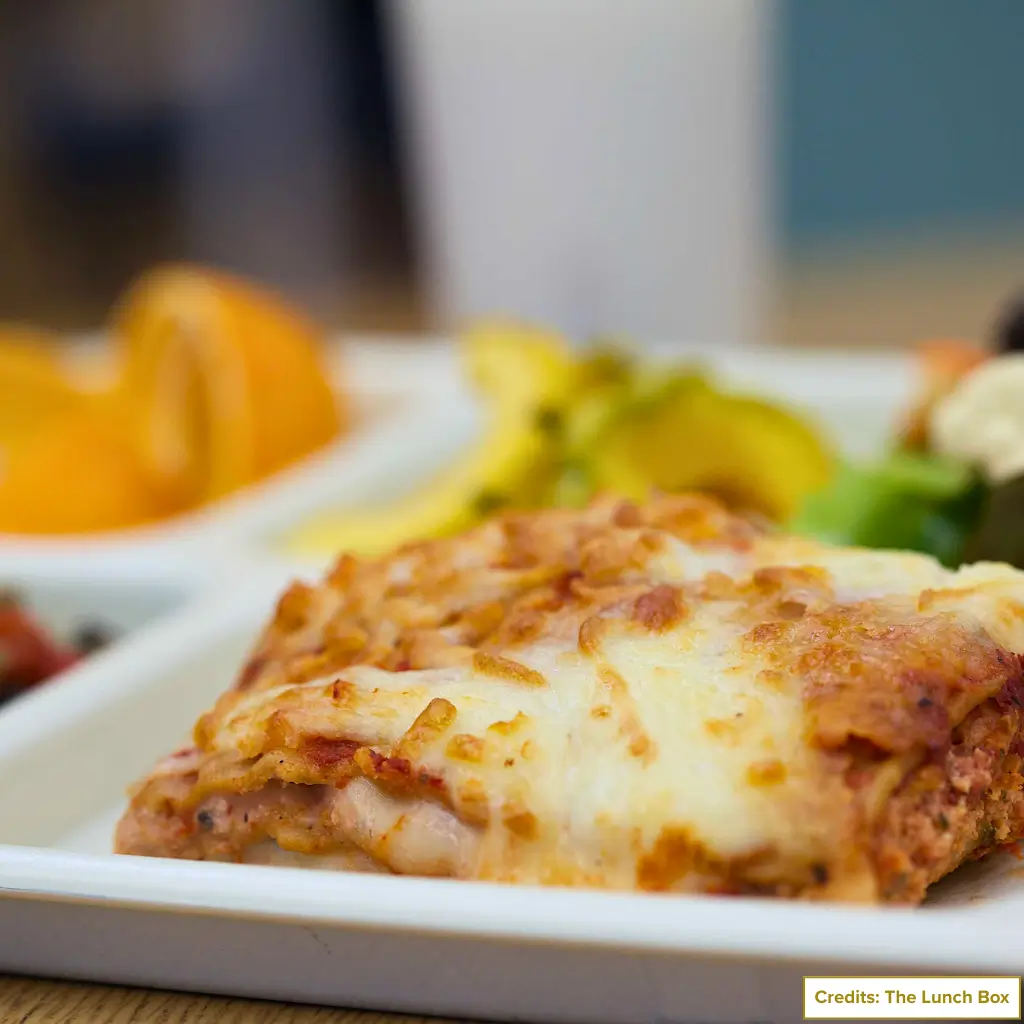
5. Estonia
Estonian meals echo homemade traditions, often with soup and rye bread. Students contribute feedback digitally, a modern twist on communal eating. Subsidies make meals free; even parents working odd hours can access breakfast or dinner services.
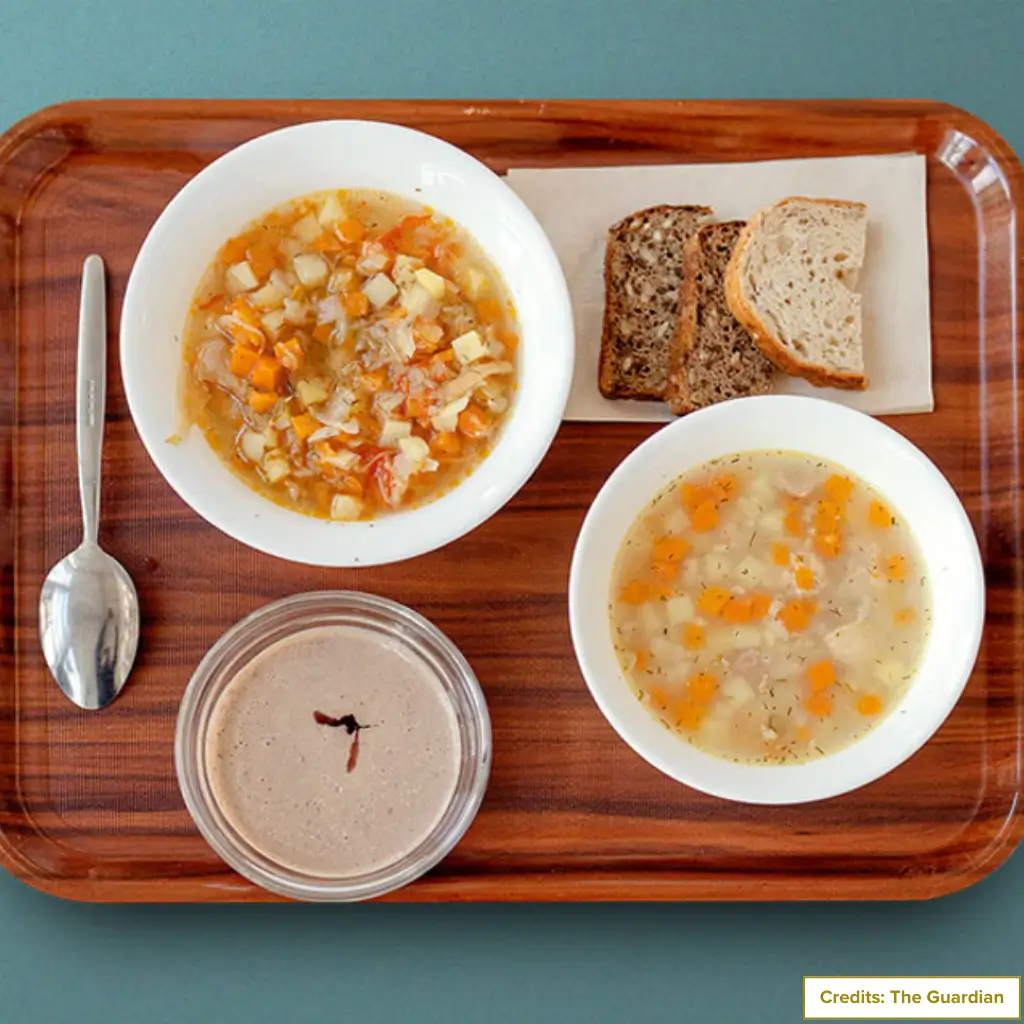
6. Greece
Schools that serve lunch emphasize Mediterranean flavors: baked chicken with orzo, stuffed grape leaves, and yogurt with fruit. Meals are colorful, plant-forward, and central to the nation’s identity.
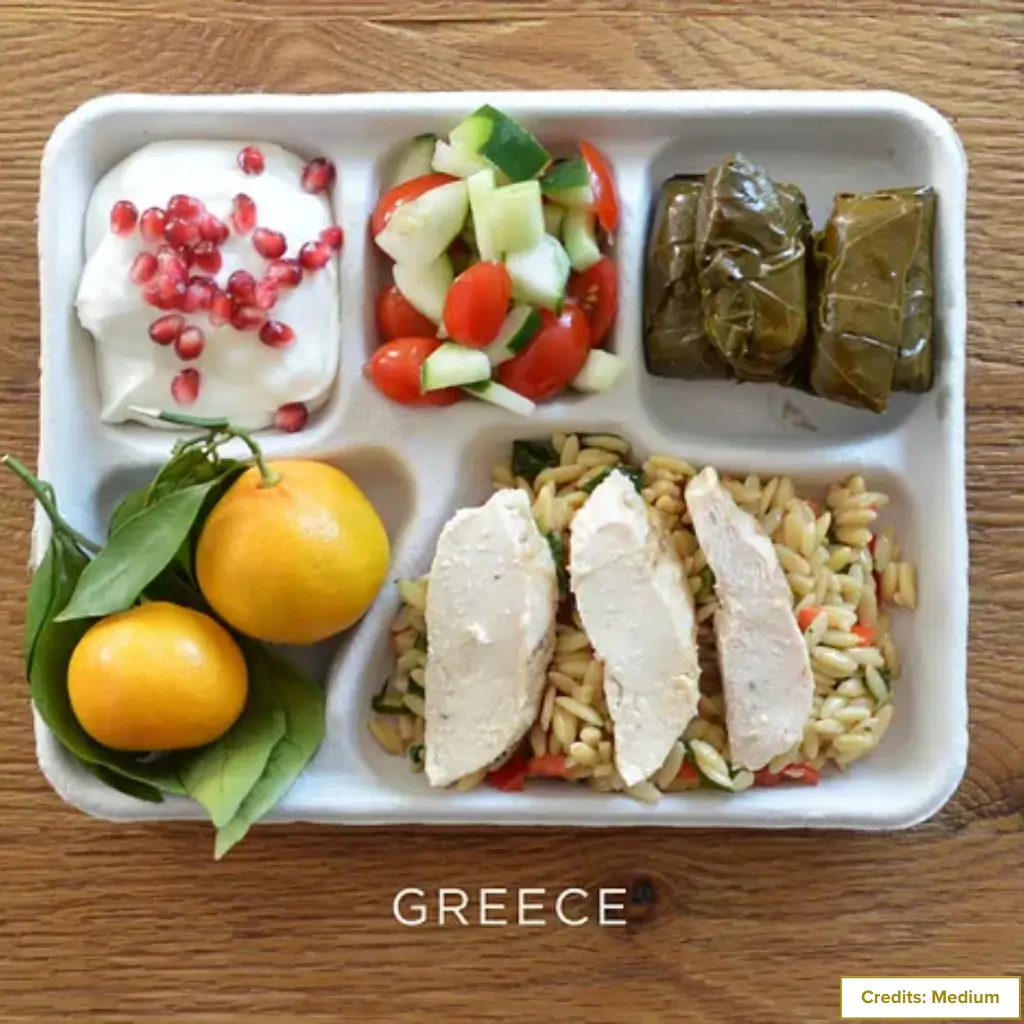
7. Sweden
Swedish schools feed thousands daily with salmon, potatoes, vegetables, and crispbread. Lunches are always free, and buffets encourage independence and responsibility.
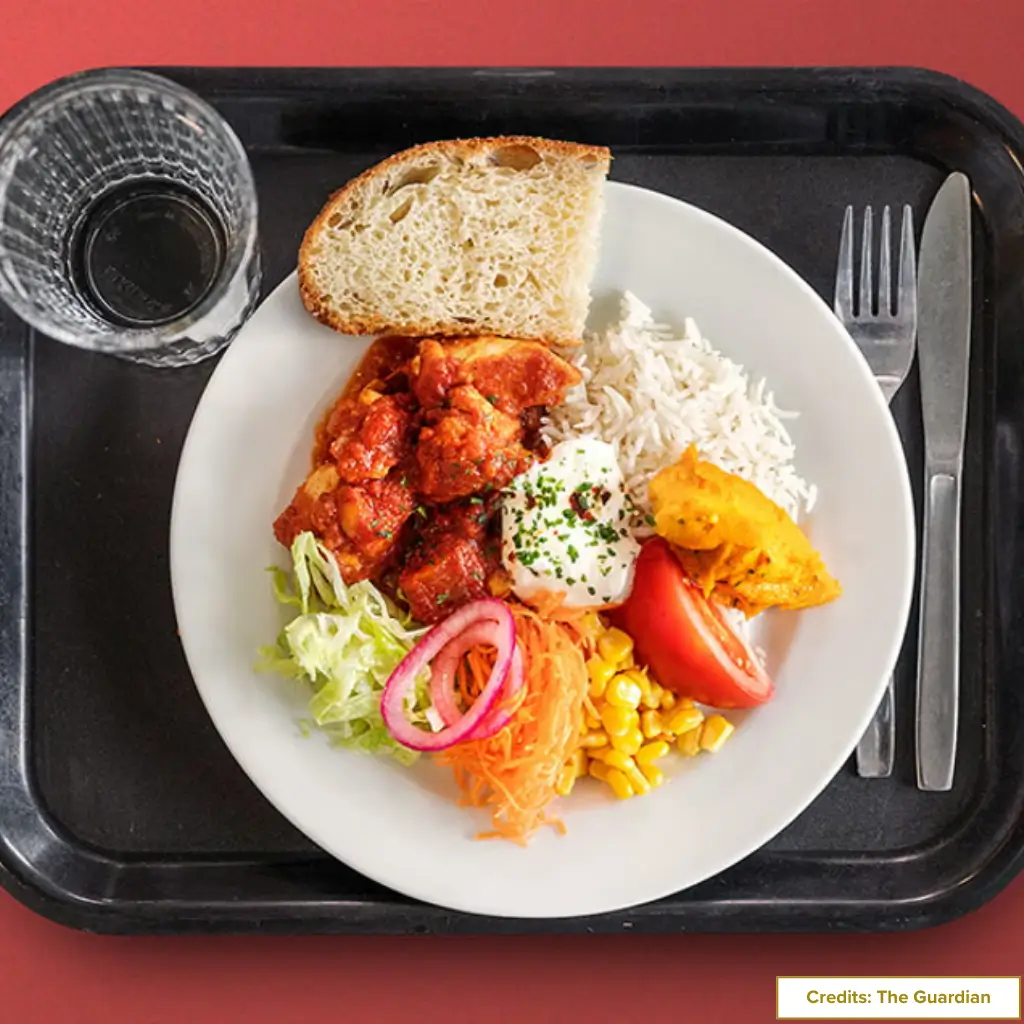
8. Spain
Spanish menus highlight seafood and grains: paella, gazpacho, chicken, and fresh fruit. Careful allergy planning ensures inclusivity. Lunch in Spain is both a tradition and an organization at scale.
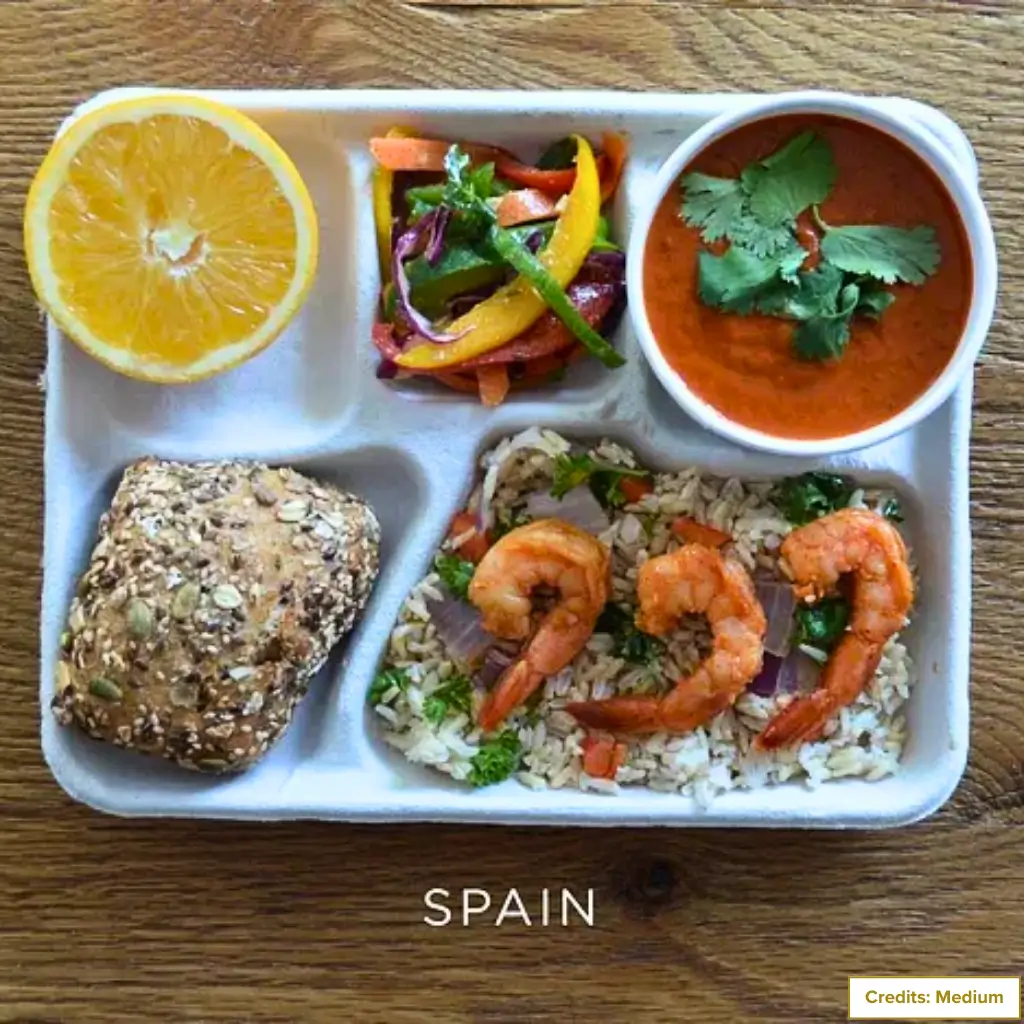
9. Italy
Italy treats lunch as education in taste. Meals follow a set format: pasta first, then meat or fish, vegetables, bread, and fruit. Deep-fried food is banned. Even school desserts are healthy twists—fruit or the occasional scoop of gelato.
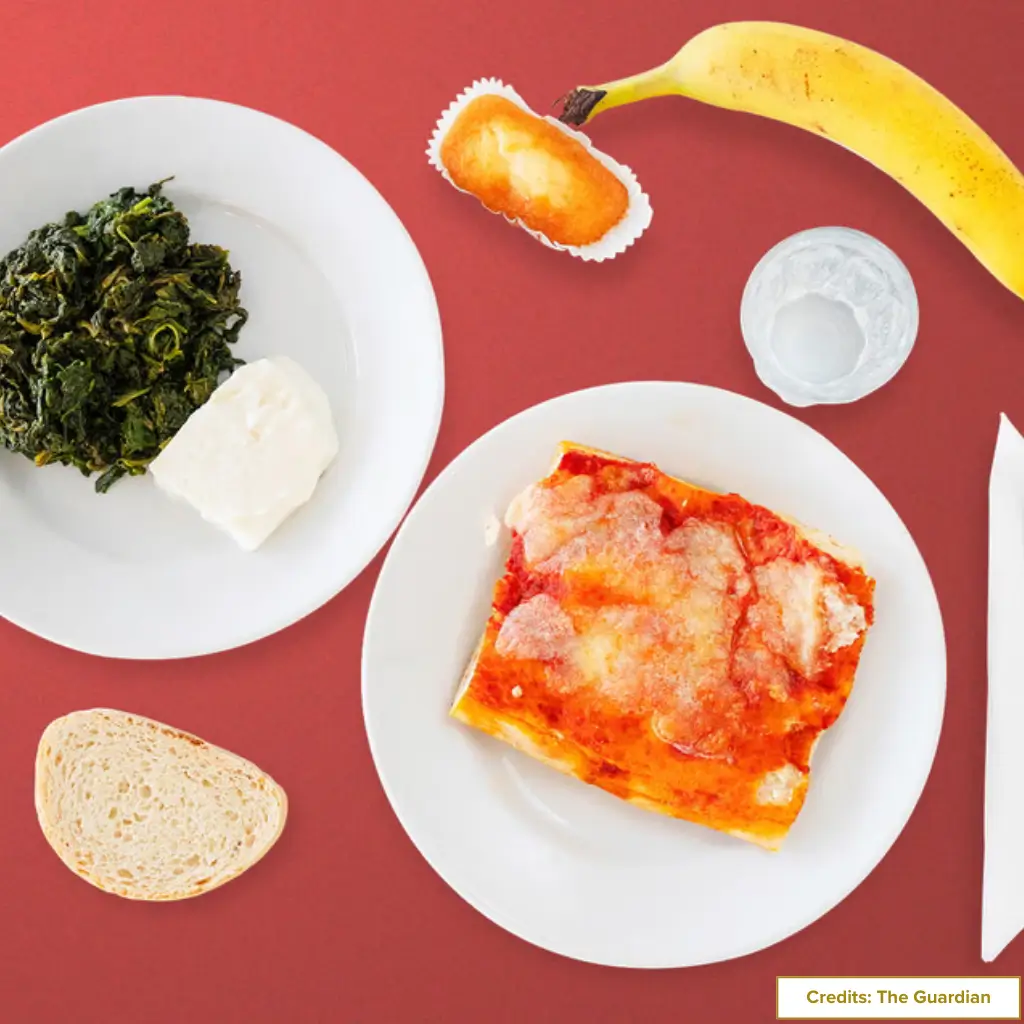
10. South Korea
Balance is the rule. The tray holds rice, soup, kimchi, and vegetable sides and is called banchan. Occasionally, Western dishes like nuggets appear. Careful portions make Korean school meals among the most structured worldwide.
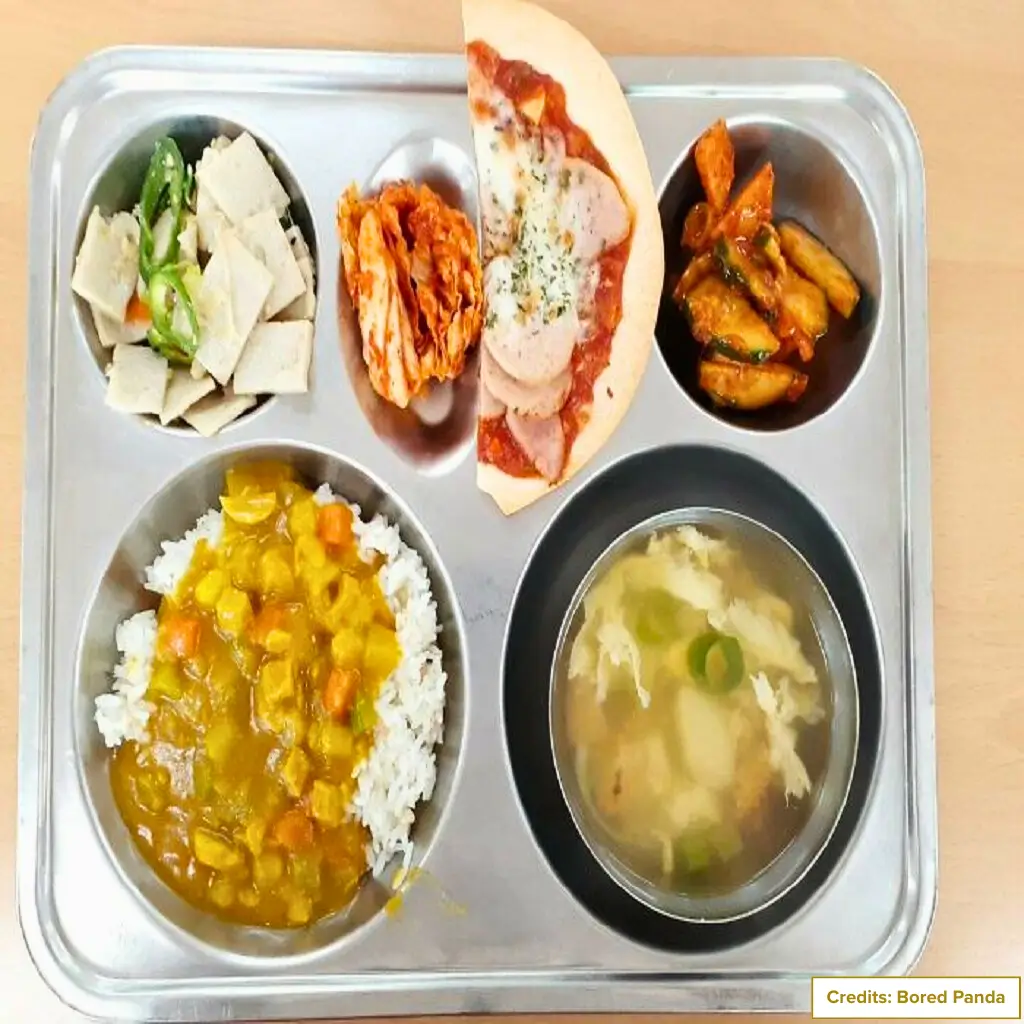
11. Russia
Russian pupils enjoy hearty foods such as borscht, meat, grains, and bread. Lunch is substantial, a reflection of its translation as “dinner.”
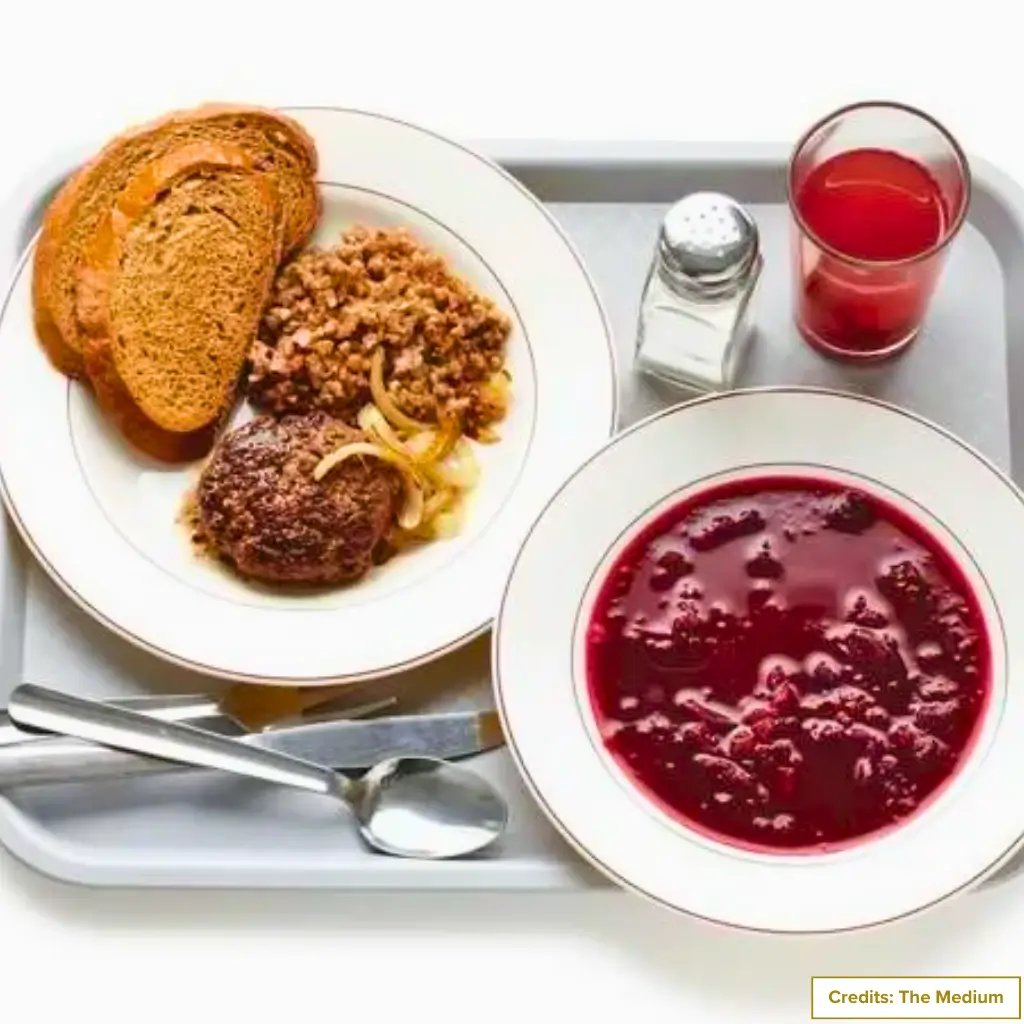
12. France
Menus in France read like bistro offerings: salad, roast chicken, cheese, bread, and apple tart. Strict nutritional guidelines shape not only health but culinary education.
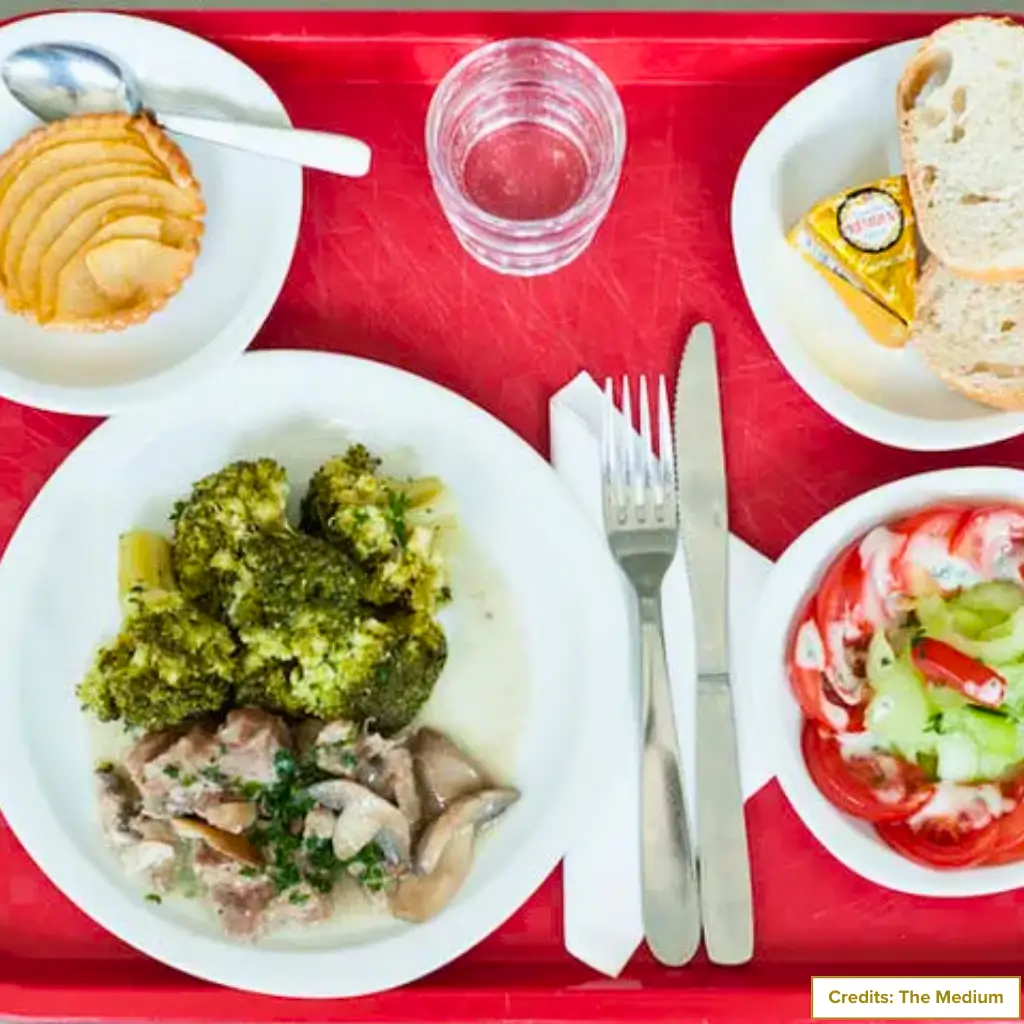
13. Brazil
Brazil’s school lunches feature rice, beans, meat, and fruit. A defining feature is sourcing ingredients from family farms, tying schools directly to the local economy.
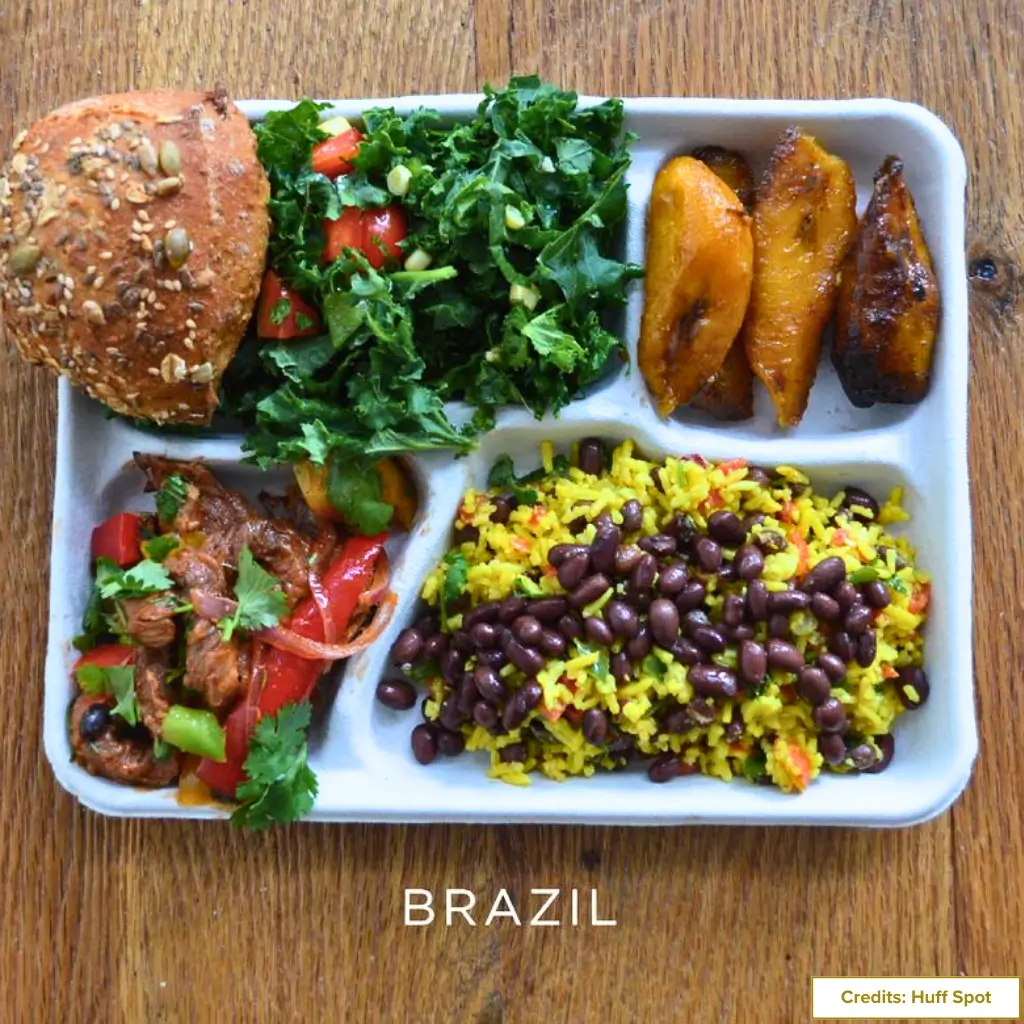
14. India
India operates the world’s largest lunch program. Meals include dal, chapati, vegetables, paneer, and fortified rice, tailored to local traditions.
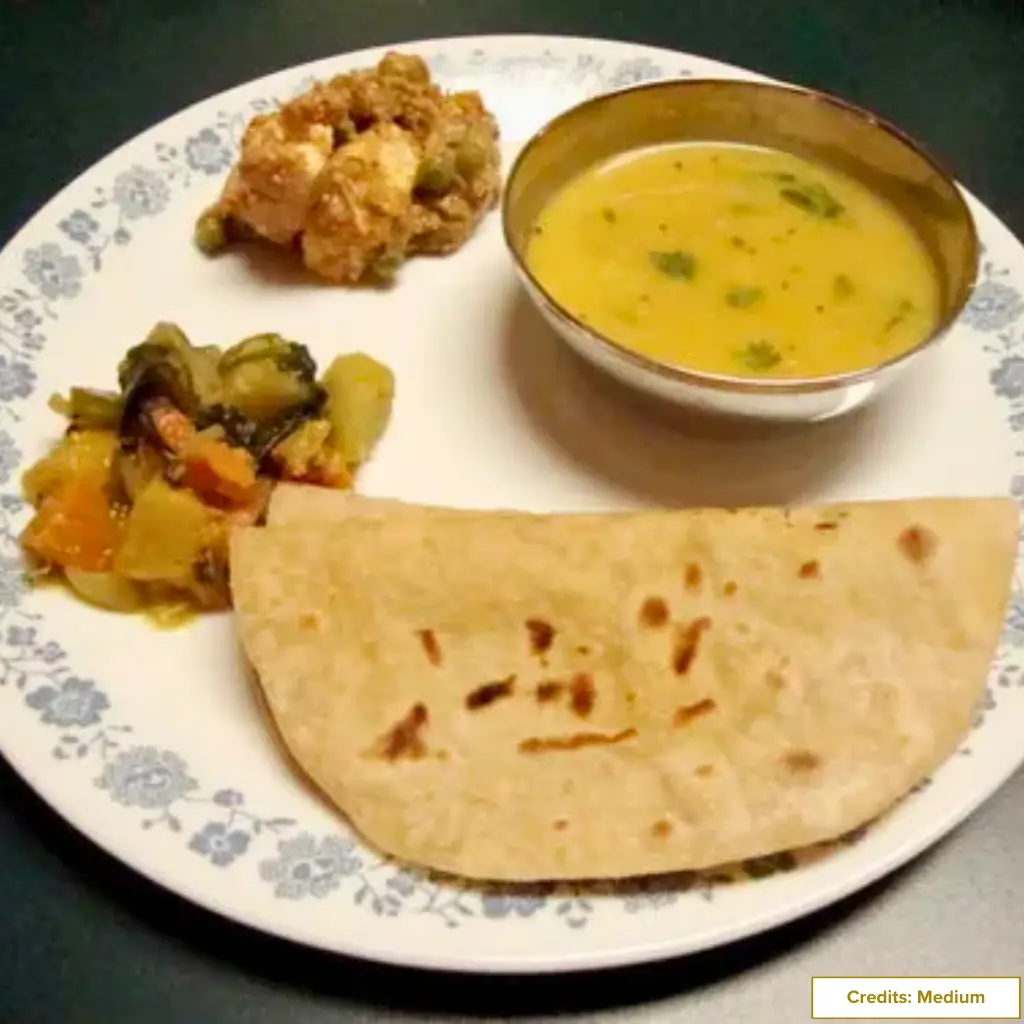
15. China
Chinese meals often include rice, bok choy, pork dishes, and steamed buns. After lunch, many elementary students nap, reinforcing the balance between nutrition and rest.
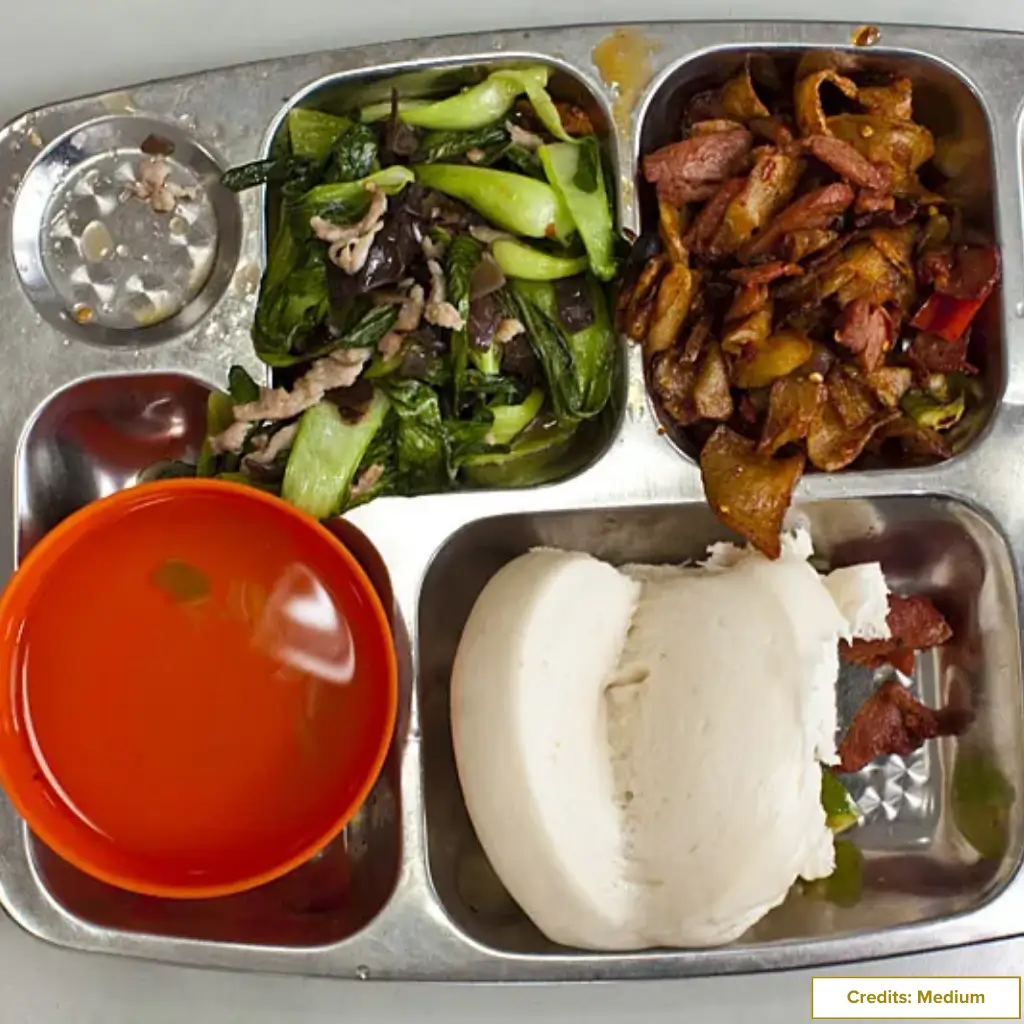
16. Ukraine
Hearty comfort dominates: mashed potatoes, sausage, borscht, and sweet syrniki pancakes. Meals here combine simplicity with tradition.
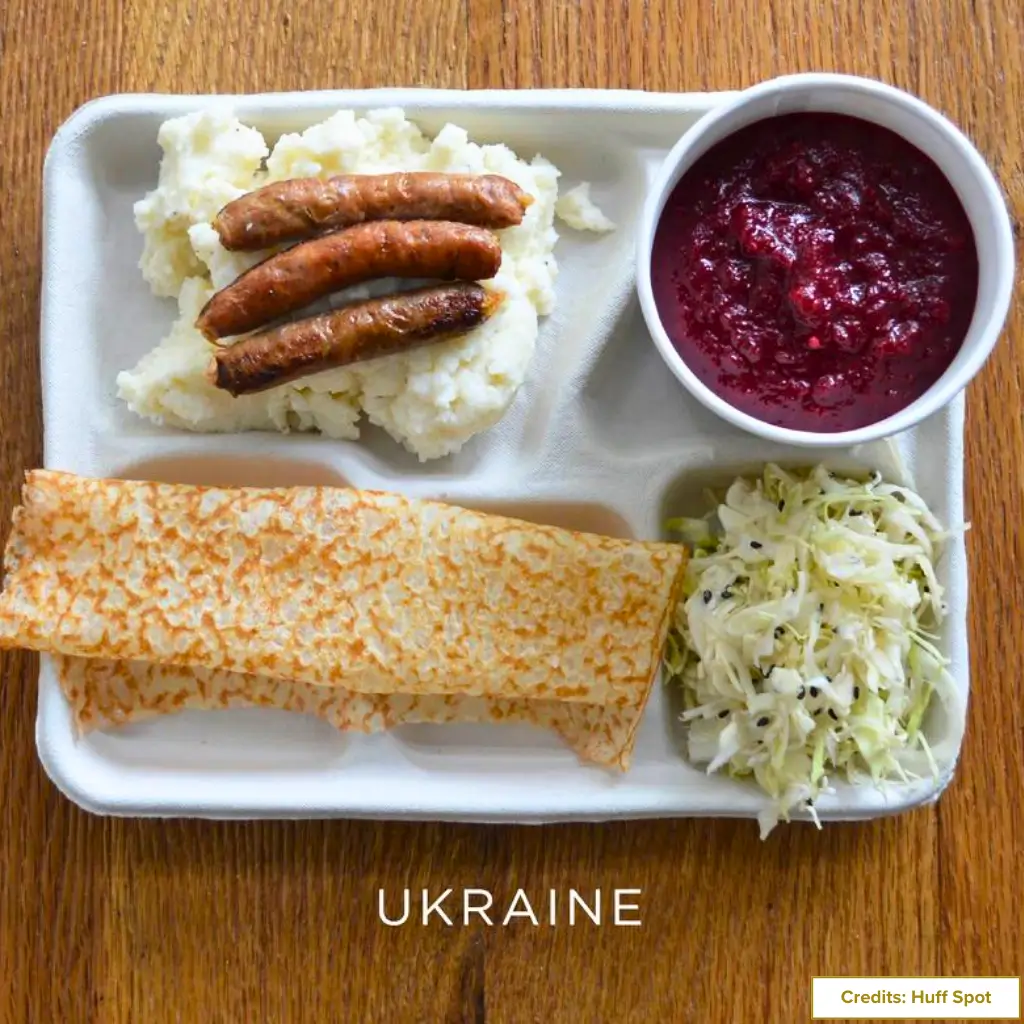
17. Germany
Lunch is offered primarily in all-day schools and often subsidized. Options range from meat and potatoes to bread and vegetables, with welfare programs reimbursing needy families.
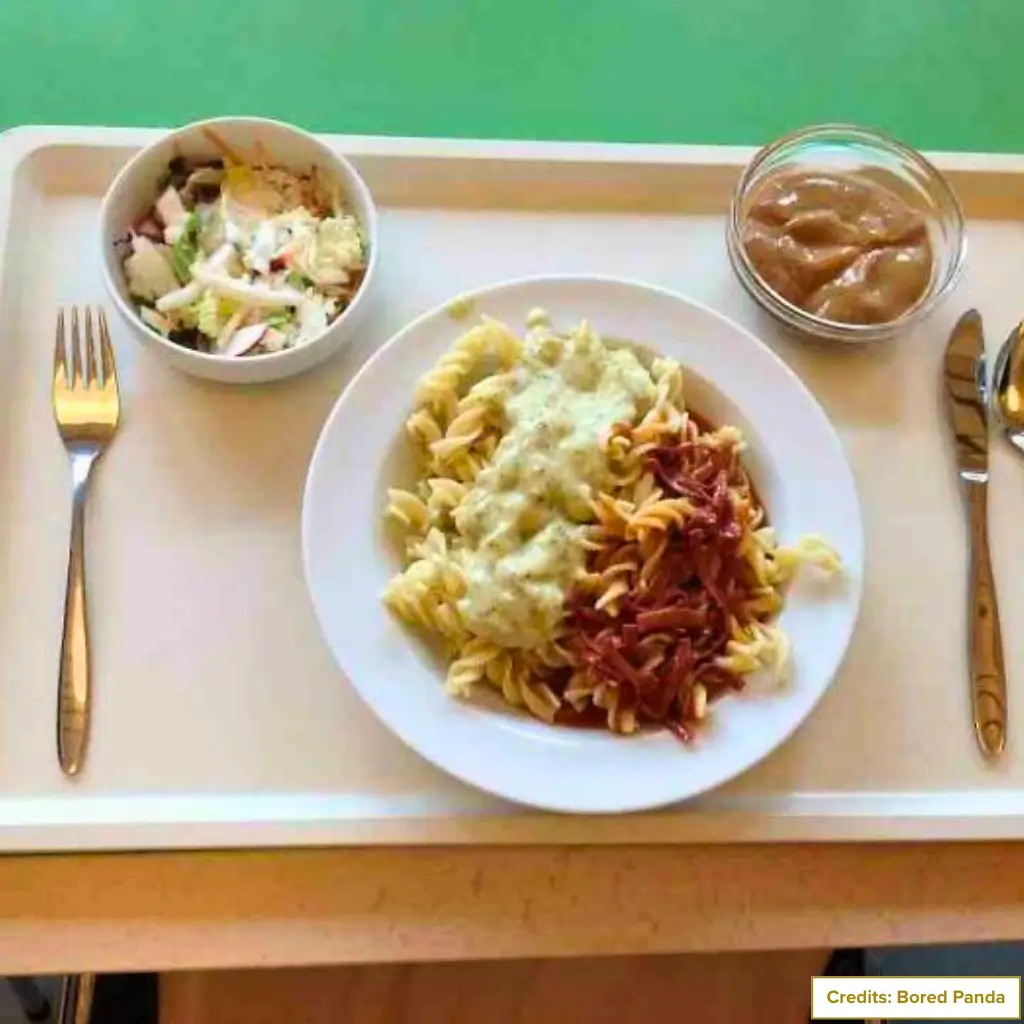
Suggested Reading 👉 Best Lunch Menu Options for a School Cafeteria
Global Comparisons in School Lunches
| Country | Cost | Distinct Feature |
| USA | Subsidized/free (NSLP) | Variety, vending machine bans |
| Finland | Free for all | Model plate teaching |
| UK | Paid or subsidized | Reforms inspired by campaigns |
| France | Subsidized | Culinary training in schools |
| Italy | Subsidized/low-income free | Organic focus, fried food ban |
| Sweden | Free for all | Buffet self-service |
| South Korea | Subsidized | Strict portion balance |
| Japan | Subsidized | Students serve each other |
| Brazil | Subsidized | Farm-to-school sourcing |
| India | Free for 100m+ students | Largest global program |
| Argentina | Limited provision | Lunch is often at home |
| Estonia | Free via subsidies | QR code feedback |
| Spain | Subsidized | Allergy-prepared trays |
| Russia | Subsidized | Hearty, filling |
| China | Subsidized | Nap time included |
| Greece | Limited provision | Mediterranean style |
| Ukraine | Subsidized | Homemade-style |
| Germany | Subsidized (all-day only) | Welfare reimbursements |
Conclusion: What Countries Can Learn from Each Other?
When you peek into school cafeterias worldwide, it’s clear there isn’t one “perfect” way to feed kids—but there’s plenty to learn. Finland and Sweden remind us that free meals can level the playing field. Japan and France show how food can also be a classroom, teaching kids about culture and nutrition. Brazil proves that schools can support local farms while feeding children, and India demonstrates that even massive programs can be run at scale.
The common thread? Every country believes that lunch isn’t just a break in the day—it’s a chance to shape habits, health, and opportunities for the future. That one plate of food really does matter.
And here in the U.S., that’s precisely where Ingenious Culinary Concepts comes in—taking the best ideas from around the globe and turning them into fresh, innovative cafeteria solutions that fit our schools and communities.
Ready to rethink what’s possible for your school lunch program? Contact us today to start building a healthier, smarter cafeteria experience.
FAQs
Why do school lunches differ around the world?
School lunches reflect local culture, dietary habits, government policies, and what ingredients are readily available.
Do all countries provide free school lunches?
No, some countries like Finland and Sweden offer free meals, while others require students to buy or bring their own food.
What can we learn from comparing school lunches globally?
It shows how food connects to culture, health, and education, and highlights creative ways to encourage better nutrition for kids.

